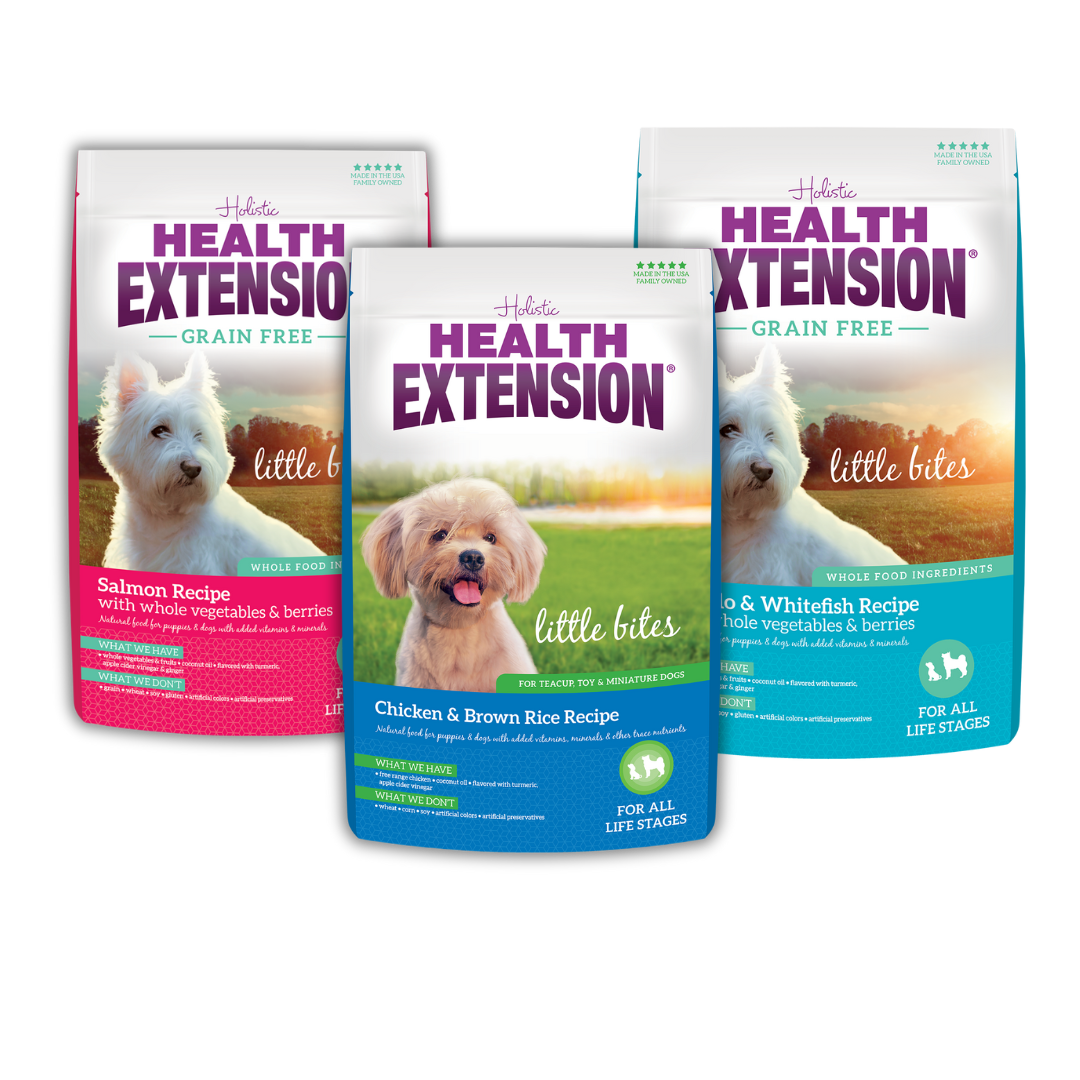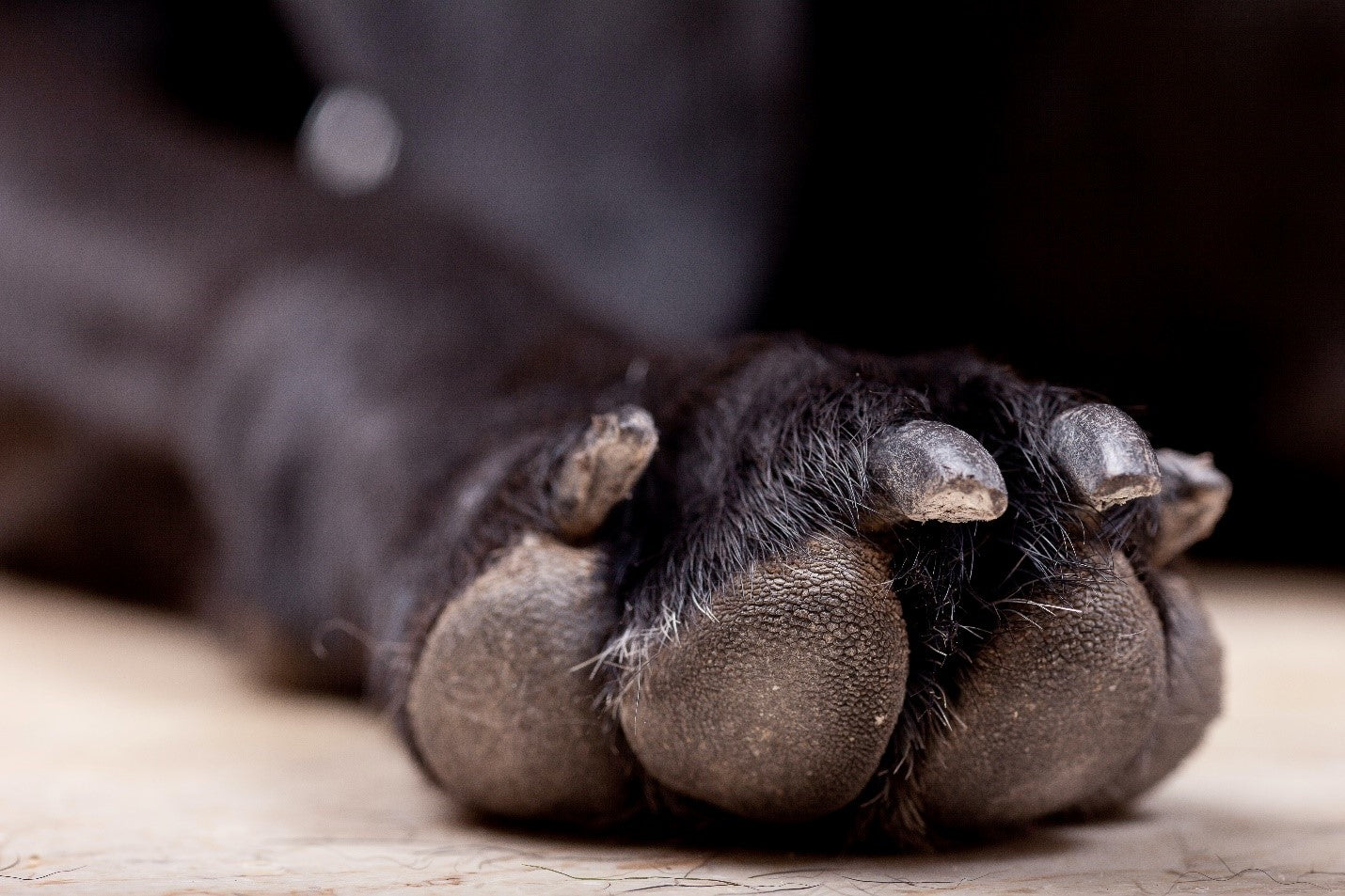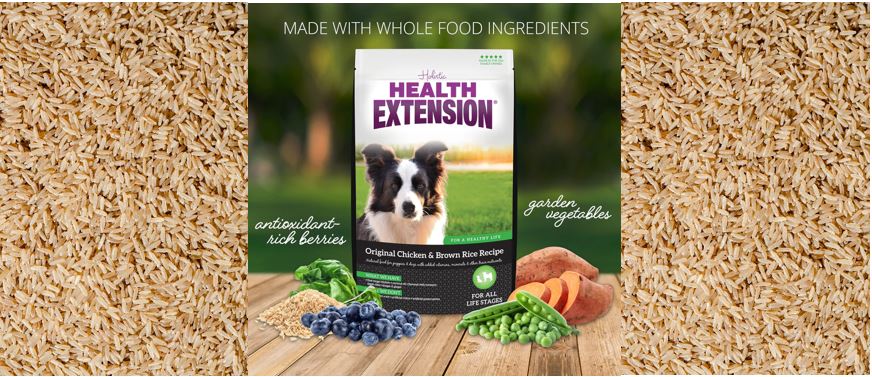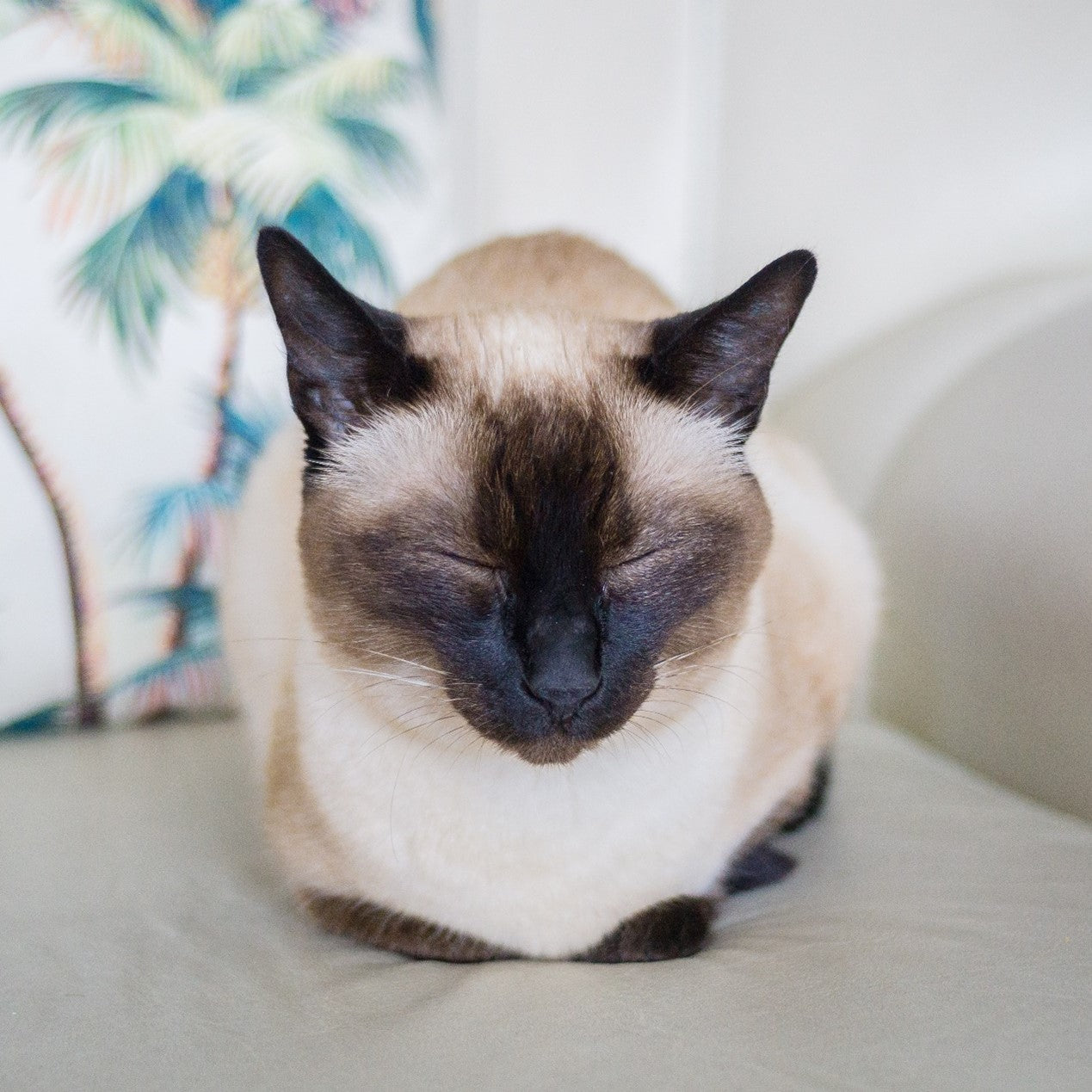In almost all moments of your dog’s life, they interact with the world through their bare paws. Because of this, your dog’s paws have to serve many purposes: protection from the rough ground, temperature control, shock absorption, and more.
Your dog’s paws are important to your dog’s way of life, and they need to be properly cared for.
What are Your Dog’s Paws Made of?
Like a human’s hands and feet, dog paws come in many varied sizes and shapes, based on the dog’s breed.
Dogs that were bred for hunting and swimming, for example, are more likely to have webbed feet, while dogs that were bred for their speed are more likely to have hare feet, (similar to that of a large rabbit) paws with two longer central toes.
All dog paws, regardless of breed, are made of an interconnected structure of keratin, collagen, adipose tissue, ligaments, tendons, and bone that work together to support and protect your dog.
The structure of your dog’s paws, with digital pads, claws, carpal pads, and metacarpal pads, helps your dog to walk, stand, run, and jump on a variety of terrain without injury. Their paws absorb the shock of their landings, manage their body temperature, and support their joints.
4 Ways to Take Care of Your Dog’s Paws
Because your dog’s paws serve so many purposes in their lives, proper maintenance is important. Here are 4 ways to care for your dog’s paws.
1. Regular Grooming
Trimming your dog’s nails is not just for aesthetics–it helps take pressure off of your dog’s joints. While walking your dog on concrete and rough surfaces can help wear your dog’s nails down naturally, your dog will still need a regular nail trim every 6 weeks depending on activity.
2. Watch for Injuries
Dogs interact with the world with their paws, so the chance of injury is high. Check your dog’s paws over daily and watch for any sign of injury.
Extreme temperatures, whether hot or cold, can damage your dog’s paw pads. Cold temperatures (as well as rock salt on icy sidewalks) can dry out, crack, and even burn their paw pads, while hot temperatures can lead to painful blisters.
If your dog is licking or chewing at their paws, this can be a sign of an allergic reaction and can lead to inflammation and infection of your dog’s paws if not addressed by your vet.
You should also keep an eye out for swelling in your dog’s paws, as this can be a sign of mites, infection, or some kind of puncture to your dog’s paws.
3. Wear Boots or Paw Wax When Appropriate
Sometimes, the best thing you can do to protect your dog’s paws is to cover them up while you are outside. In the winter, on sweltering days, or on hikes with rocky terrain, boots are a great option to keep your dog’s paw pads safe.
If your dog does not like boots, paw wax can also be a great option to create a barrier between your dog’s paws and the ground, as well as keep their paw pads moisturized.
4. Choose Your Play Times Carefully
Rather than go outside in the heat, choose the mildest times of the day to play outside. This is typically the morning or evening when the sun is low in the sky. During these times, the ground will likely be cool enough for your dog to walk on without the risk of burns or blisters.
In the winter, consider keeping your pup inside if the temperatures dip down too low. Even with boots on, the cold can dry out your dog’s paw pads, leading to painful cracks.
You should also wipe your pets’ paws with a damp cloth followed by a dry one to help remove any irritants they may have come in contact with. This helps not only the pads but helps prevent your dog from licking something off of their feet they shouldn’t be ingesting.
Healthy Paws Mean Longer Walks with You
While nutrition and exercise are essential parts of your dog’s health, so are taking care of your dog’s skin, coat, and paws. Without healthy paws, playtime can be painful, and their activities can be limited.
To help your dog live their best life, feed Heath Extension pet food, provide them with daily Lifetime Multi-Vitamins, and keep up with your dog’s paw maintenance.





